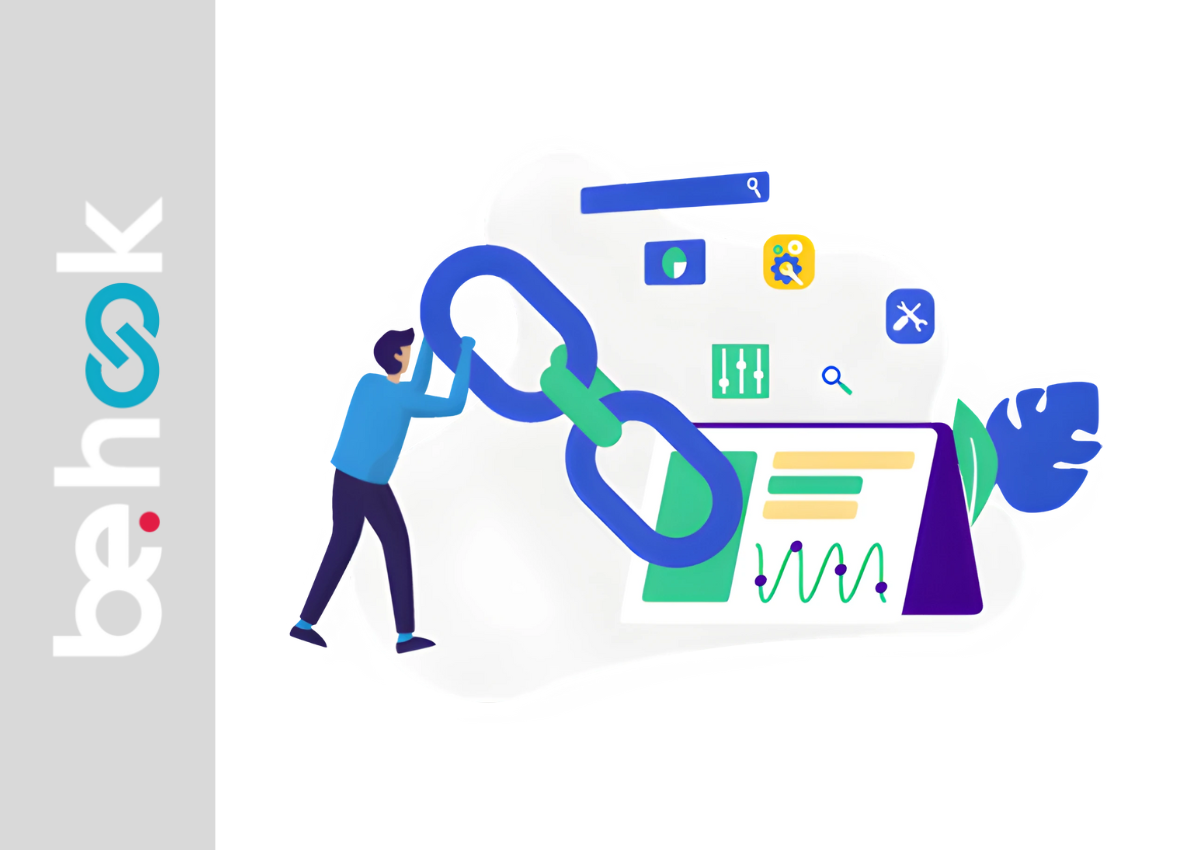
In the digital world, every click matters. Whether you’re sharing links on social media, running a marketing campaign, or simply sending a webpage to a friend, long and messy URLs can look unprofessional and hard to manage. That’s where URL shorteners come in. But what is a URL shortener and how does it work? Let’s explore this powerful tool, its benefits, and why it has become a must-have for businesses and individuals alike.
A URL shortener is an online tool that takes a long web address and converts it into a shorter, cleaner link. For example:
Long URL: https://www.examplewebsite.com/blog/marketing/how-to-increase-social-media-engagement-2025
Shortened URL: https://short.ly/xyz123
The shortened link redirects users to the original page when clicked. This not only makes the link easier to share but also enhances user experience, branding, and tracking.
The process behind a URL shortener is simple yet highly effective. Here’s how it works step by step:
Input a Long URL – You paste your original long link into a URL shortener tool.
Generate a Short Link – The tool creates a unique, shorter link that points to the same destination.
Store in Database – The short link is stored in the tool’s database with a record of the original URL.
Redirection – When someone clicks the short link, the tool checks its database and instantly redirects the user to the long URL.
This redirection usually happens in milliseconds, so users never notice the behind-the-scenes process.
Short links are easier to share on social media platforms like Twitter, LinkedIn, and Instagram where space is limited.
Many URL shorteners allow you to create branded links (e.g., yourbrand.link/sale). This builds trust, reinforces brand identity, and increases click-through rates.
Long, complicated links look spammy. Short, neat links are more user-friendly and trustworthy.
Advanced URL shorteners provide insights into link performance, such as:
Number of clicks
Geographic location of users
Device type used
This data is invaluable for marketers running campaigns.
Shortened URLs are easier to include in brochures, posters, or business cards, where space is limited.
URL shorteners are not just for marketers—they’re useful in many scenarios:
Social Media Marketing – Sharing clean, clickable links with tracking.
Email Campaigns – Preventing long URLs from breaking in emails.
Influencers & Bloggers – Making affiliate or promotional links more appealing.
Business Presentations – Including short, professional links in slides.
Event Promotions – Sharing short links on flyers or banners.
There are many free tools like Bitly, TinyURL, and Rebrandly. Free versions often provide basic shortening and limited analytics.
Paid URL shorteners, on the other hand, offer:
Custom branded domains
Advanced analytics and tracking
Team collaboration features
API integration for businesses
If you’re a casual user, free tools are enough. But for businesses, investing in a premium URL shortener can significantly improve marketing performance.
One common concern is whether shortened links are safe. Since the destination is hidden, malicious users sometimes exploit them. However, reputable URL shorteners provide security features like:
Link previews before clicking
Spam and malware detection
Password-protected links
To stay safe, always use trusted shortener services and avoid clicking suspicious links.
A big question many marketers ask is whether shortened links impact SEO. The good news is they don’t harm SEO as long as they use a 301 permanent redirect. This ensures that search engines recognize the original destination URL and pass link equity properly.
In fact, using branded short links can indirectly boost SEO by increasing click-through rates and user trust.
Use Branded Links – Create custom domains for a professional look.
Track Performance – Monitor analytics to refine your campaigns.
Avoid Overuse – Don’t shorten every link unnecessarily; use it where it adds value.
Test Links – Always check your shortened link before sharing.
Stay Secure – Use reputable URL shorteners with security features.
So, what is a URL shortener and how does it work? In simple terms, it’s a tool that makes long links short, clean, and trackable. Beyond just shortening, it provides branding opportunities, analytics, and better user engagement.
Whether you’re a business, influencer, or just someone who shares links online, using a URL shortener can make your digital presence more professional and effective.
If you haven’t tried one yet, start with a free tool—and once you see the benefits, consider upgrading to a branded solution for maximum impact.